The Evolution of iPhone Cables: From 30-Pin to Lightning and Beyond:
- 30-Pin Connector: The classic connector that served us for years.
- Lightning Connector: Introducing seamless and speedy connectivity.
- Rise of Third-Party Cables: Diverse options for your charging needs.
- Wireless Charging: Embracing a cable-less future.
- USB-C: Paving the way for the next frontier in connectivity.
Introduction iPhone Cables
The iPhone is a symbol of innovation, design quality, and cutting-edge technology in the world of smartphones. While the technology itself attracts a lot of attention, its accessories are essential to its performance and user experience. The iPhone cable is unique among these since it is the lifeline that connects your iPhone to the world of data, power, and potential. In this post, we’ll look at the evolution of the iPhone cable, from its humble origins to the most recent advances, to throw light on its relevance and impact on our daily lives.
The Beginning with A 30-Pin Connector
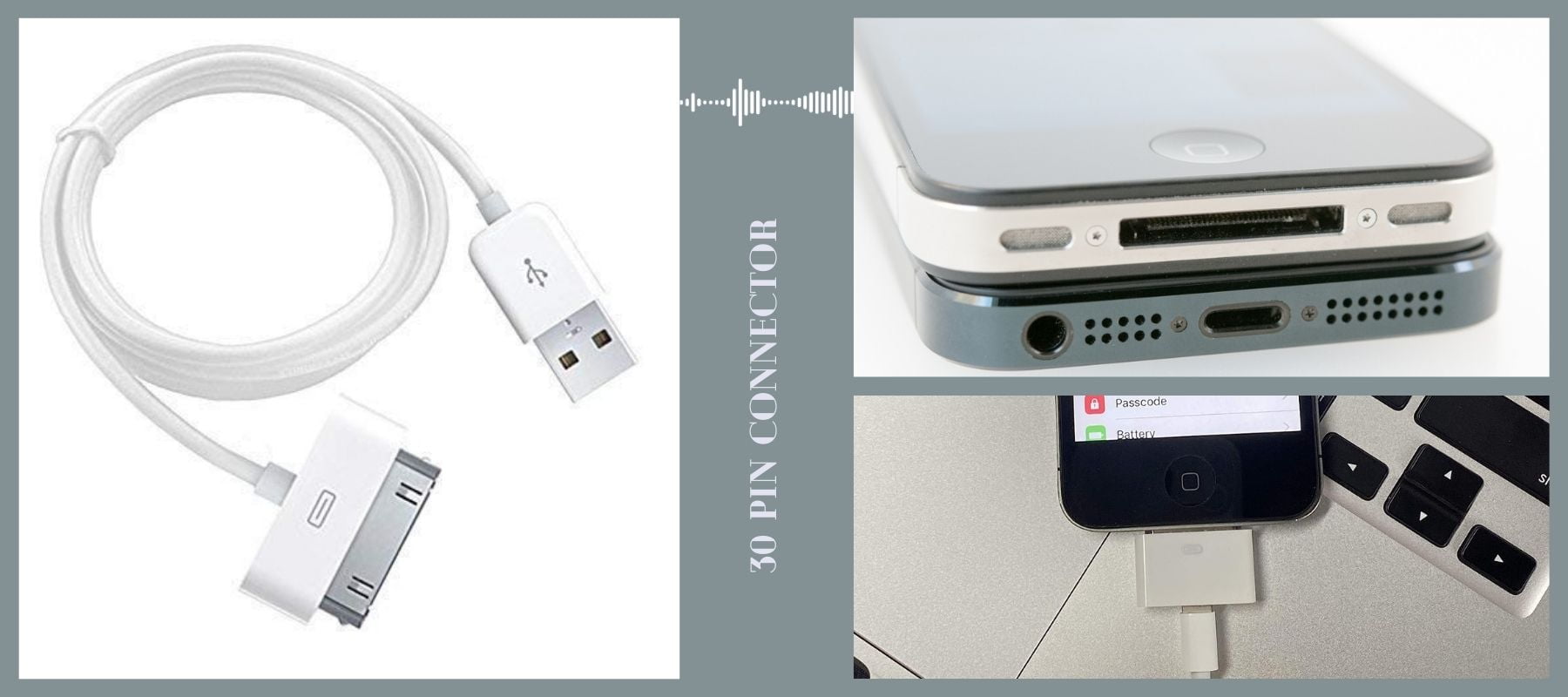

When the first iPhone launched in 2007, the first iPhone cable utilized a 30-pin connector. This exclusive connector immediately became the industry standard for all Apple devices, including iPhones, iPads, and iPods. The 30-pin cable was designed to handle charging, data transfer, and audio communication, firmly establishing it as a necessary accessory. The 30-pin connector soon became a fixture of any iPhone owner’s accessory collection due to its sturdy design and multi-functional features.
The lightning-fast Connector brings in a new era of seamless connectivity
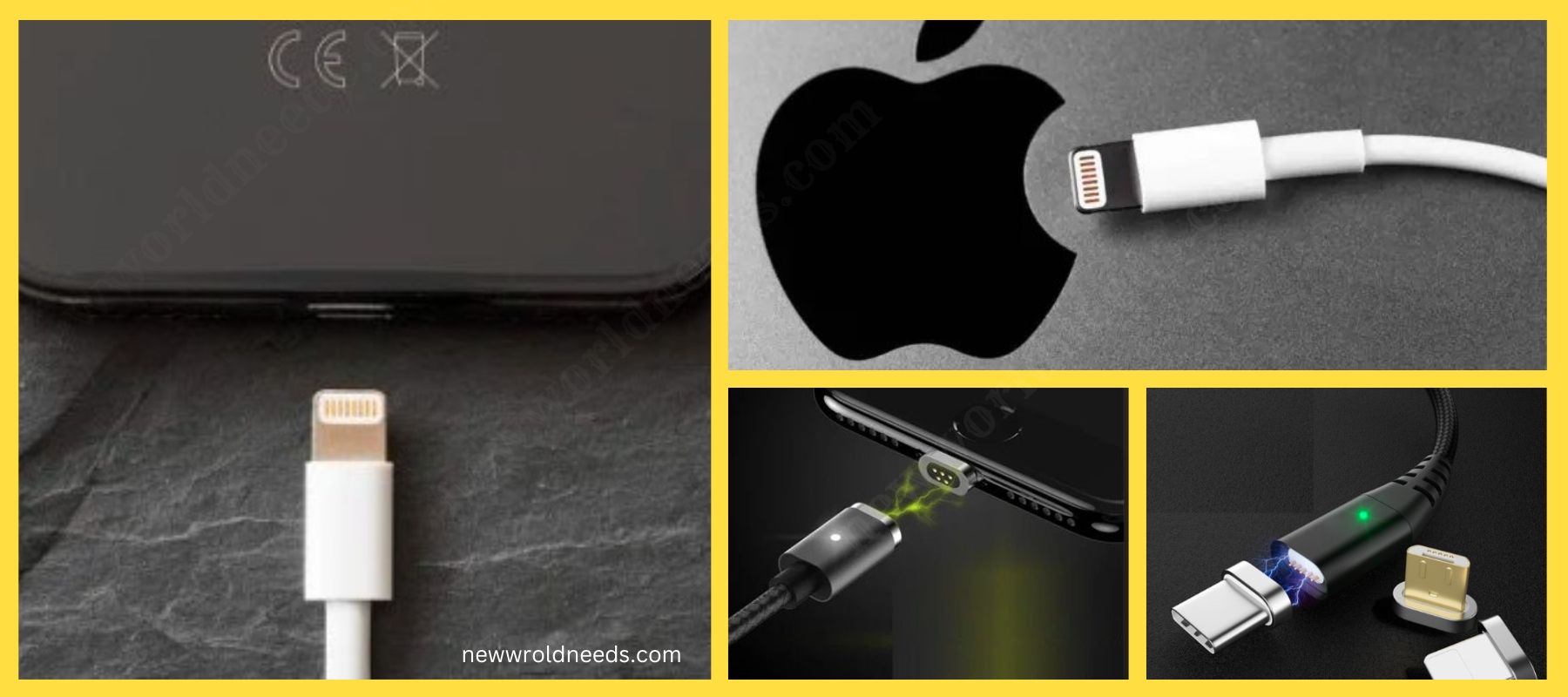

With the release of the iPhone 5 in 2012, Apple introduced the Lightning connector, which replaced the 30-pin dock. The new connection produced significant advantages in many different kinds of areas. It was reversible, which meant no more fumbling to correctly insert the cable, making it more user-friendly, and it stated a more compact design, allowing Apple to develop slimmer technology. In combination with quicker data transfer rates and increased charging capabilities, the Lightning cable improves the entire user experience.
The Rise of Third-Party Cables
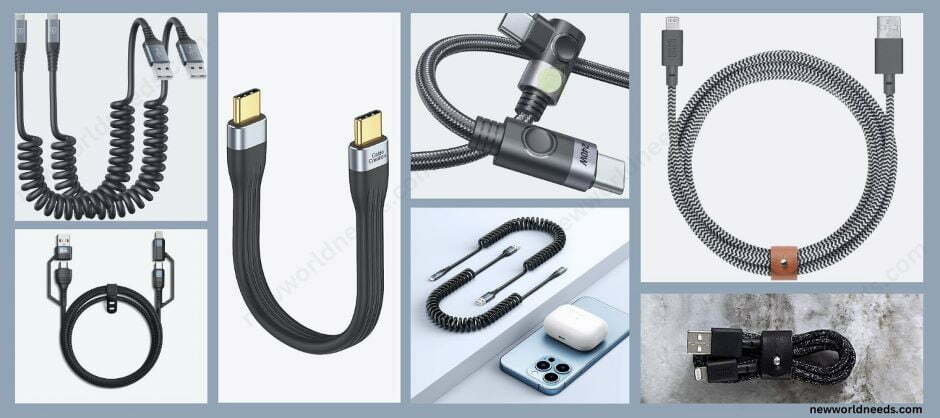

As the iPhone’s popularity grew, so did the need for low-cost alternatives to the original Apple cable. As a result, numerous companies began to produce third-party iPhone cables. While many third-party cables were reasonably priced, they lacked the quality and endurance of original Apple cords. Users quickly recognized that utilizing low-quality connections could result in overheating, short-circuiting, or even gadget damage. This stressed the significance of utilizing approved and dependable connections not only to secure the safety of their prized iPhones, but also to maximize their device’s performance and longevity, thereby securing the doorway to their digital world
Wireless Charging: A Cable-less Future
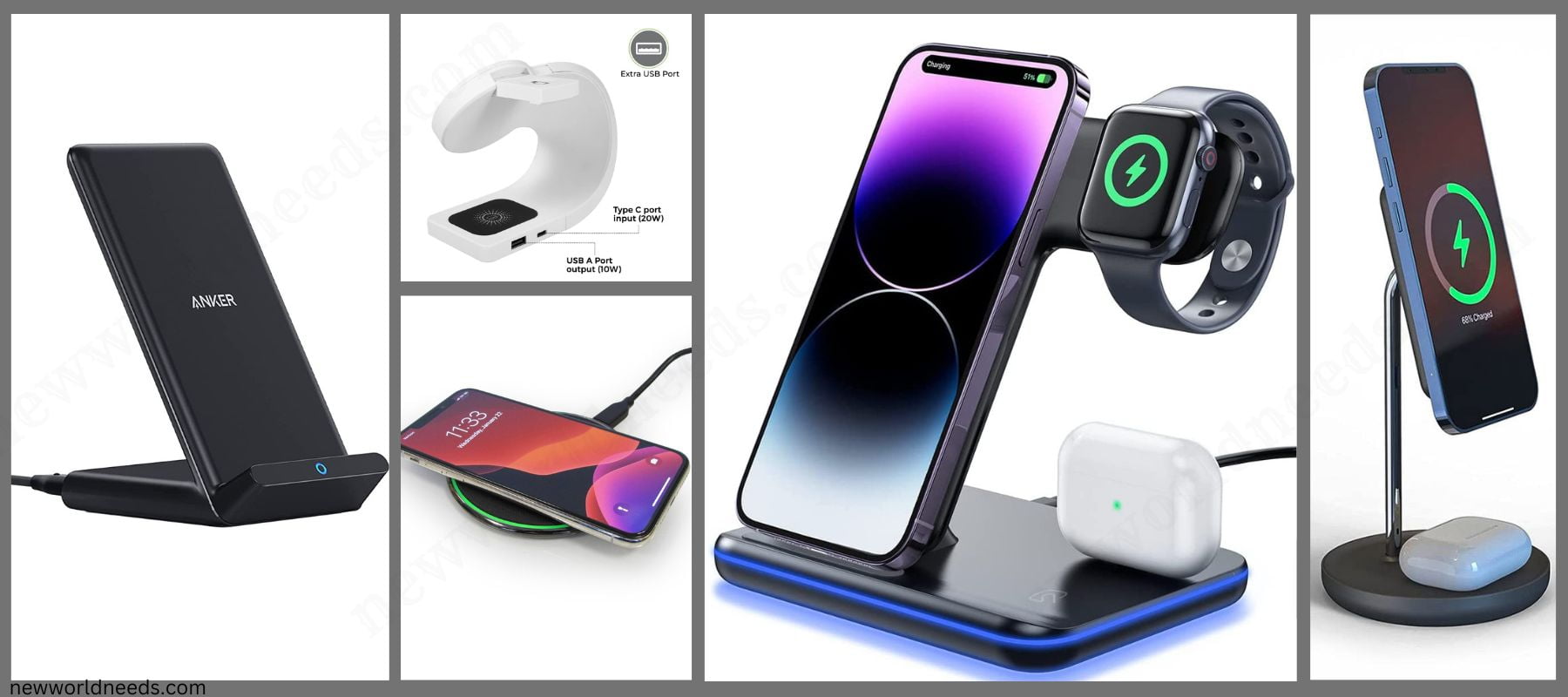

Wireless charging has emerged as a game changer in the smartphone industry, particularly iPhones, in recent years. Apple implemented wireless charging technology with the release of the iPhone 8 and iPhone X in 2017, allowing consumers to charge their devices without the requirement of a physical cable. Users can conveniently charge their iPhones by placing them on the wireless charging pad, eliminating the need for wires. This innovation made an important step toward a cable-free future, enhancing ease and relieving consumers of the trouble of tangled wires, and transforming charging into a magical and cable-free experience.
USB-C: The Next Frontier
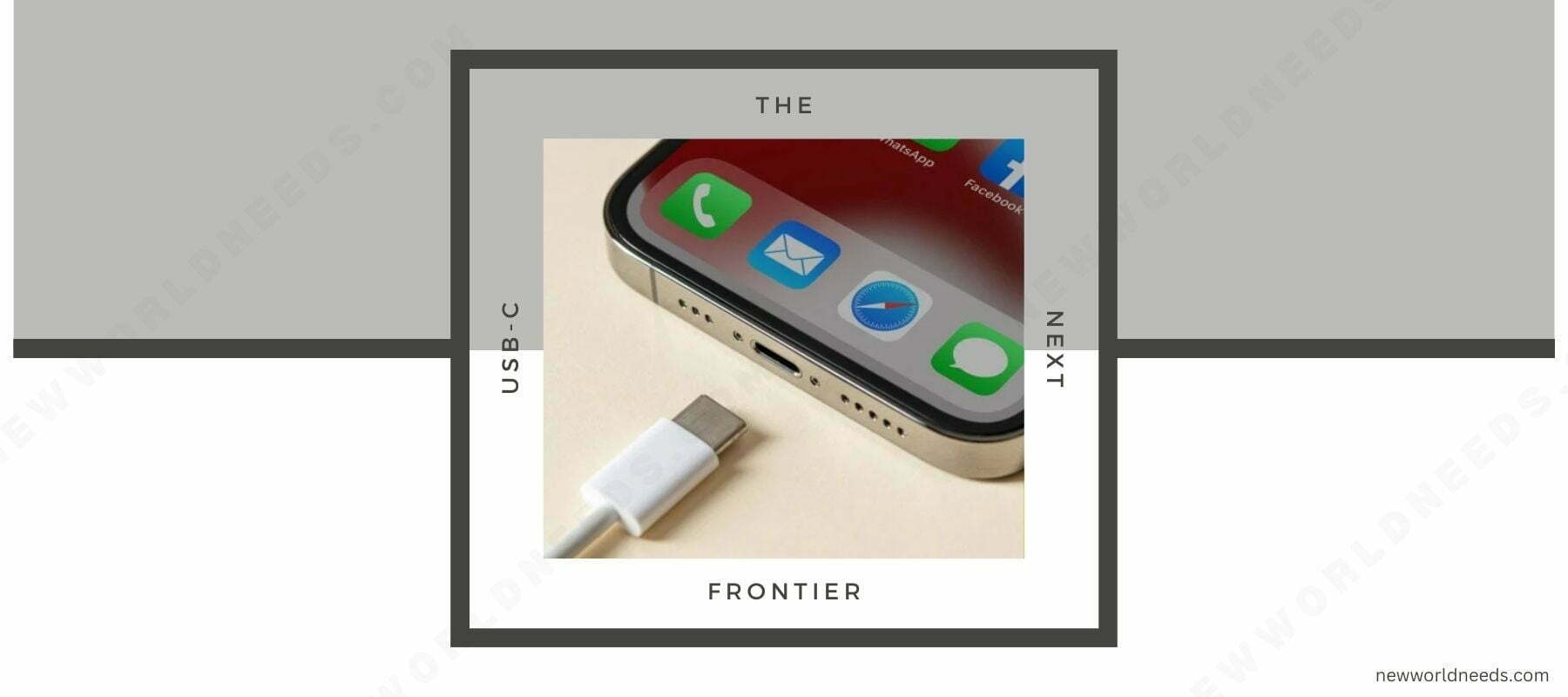

As we stand on the verge of technological advancement, USB-C symbolizes the next step in iPhone cable progression. While the dependable Lightning connector has dependably served Apple devices for over a decade, the growing need for lightning-fast data transfer and more efficient charging has fueled rumors about a possible move to USB-C. USB-C has superior data transfer rates and enhanced power delivery due to its widespread use in numerous products and Android smartphones, suggesting an exciting leap ahead in the world of iPhone connections if Apple supports this cutting-edge standard.
As people anxiously await this impending shift, the path toward a more adaptable and dynamic iPhone experience offers a fascinating chapter in the ever-changing landscape of innovation, promising to bring us even closer to the seamless union of technology and everyday life.
Maybe you like : AOHI Lightning & USB-C Cable Set, 240W 8 in 1 USB C to USB C Cable and MFi Certified Lightning Cable Set, PD3.1 Type C Fast Charging Cable Cord Compatible with MacBook, iPad Pro, iPhone, Galaxy etc.
conclusion
Since the introduction of the original 30-pin connector, iPhone cables have obviously come a long way. The iPhone cable has evolved significantly, from its position as a vital accessory in powering and connecting early iPhones to its evolution into the reversible and speedier Lightning connector. As we embrace wireless charging and anticipate USB-C adoption, the future of iPhone cables promises even greater convenience and innovation. Always use approved cords and accessories to ensure the safety and optimal operation of your cherished iPhone, your digital gateway.
FAQ
Ques. 1. What type of cable do iPhones use ?
Ans. Classic Charging Cable: USB-A to Lightning Connector
The regular Apple charging cable that most iPhone users are familiar with is the USB-A to Lightning cable. It has a USB-A connector on one end for connecting to power adapters or USB ports on computers, and a Lightning connector on the other end for charging and transferring iPhones, iPads, and other Apple devices.
Ques. 2. Which iPhone cable is superior ?
Ans. The USB-C to Lightning cable is generally thought to be faster for charging, although it is dependent on your device compatibility and preferences.
Ques. 3. Which iPhone charger is original ?
Ans. The original iPhone charger is supplied by Apple and is marketed as part of the iPhone bundle. It is built exclusively for use with Apple devices and has been certified to satisfy Apple’s safety and performance standards. To ensure you obtain the real and original charger for your iPhone, only buy chargers from approved vendors or Apple’s official stores. Using non-certified or counterfeit chargers can endanger your device’s safety and damage it.
Ques. 4. Which company iPhone cable and charger is best?
Ans. Aside from Apple’s cable & chargers, there are a number of respected third-party firms that manufacture high-quality and dependable iPhone cable & chargers. Among these brands are Anker, Belkin, Aukey, and RAVPower, to name a few. These firms frequently provide MFi (Made for iPhone/iPad) certified chargers, assuring that they fulfill Apple’s performance and safety criteria.
When choosing an iPhone charger, it is critical to avoid using counterfeit or uncertified chargers, since they may not provide adequate protection and may harm or endanger your iPhone. To ensure you get a genuine and dependable product, only buy chargers from approved dealers or official stores of respected manufacturers.
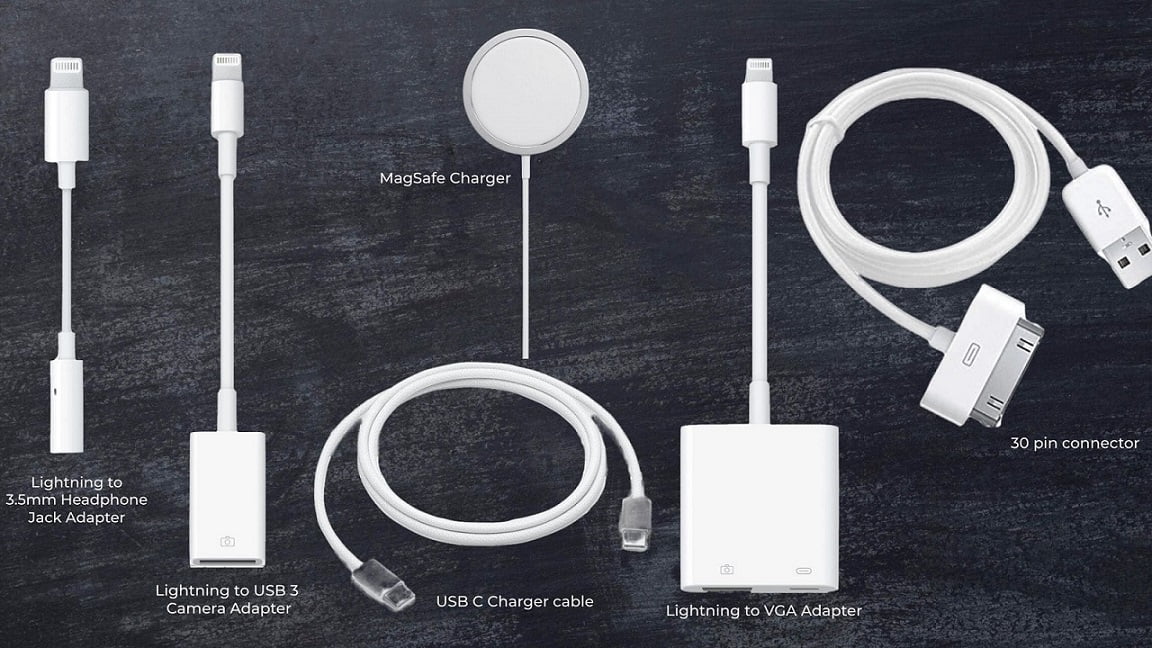
Nice information
Correct information